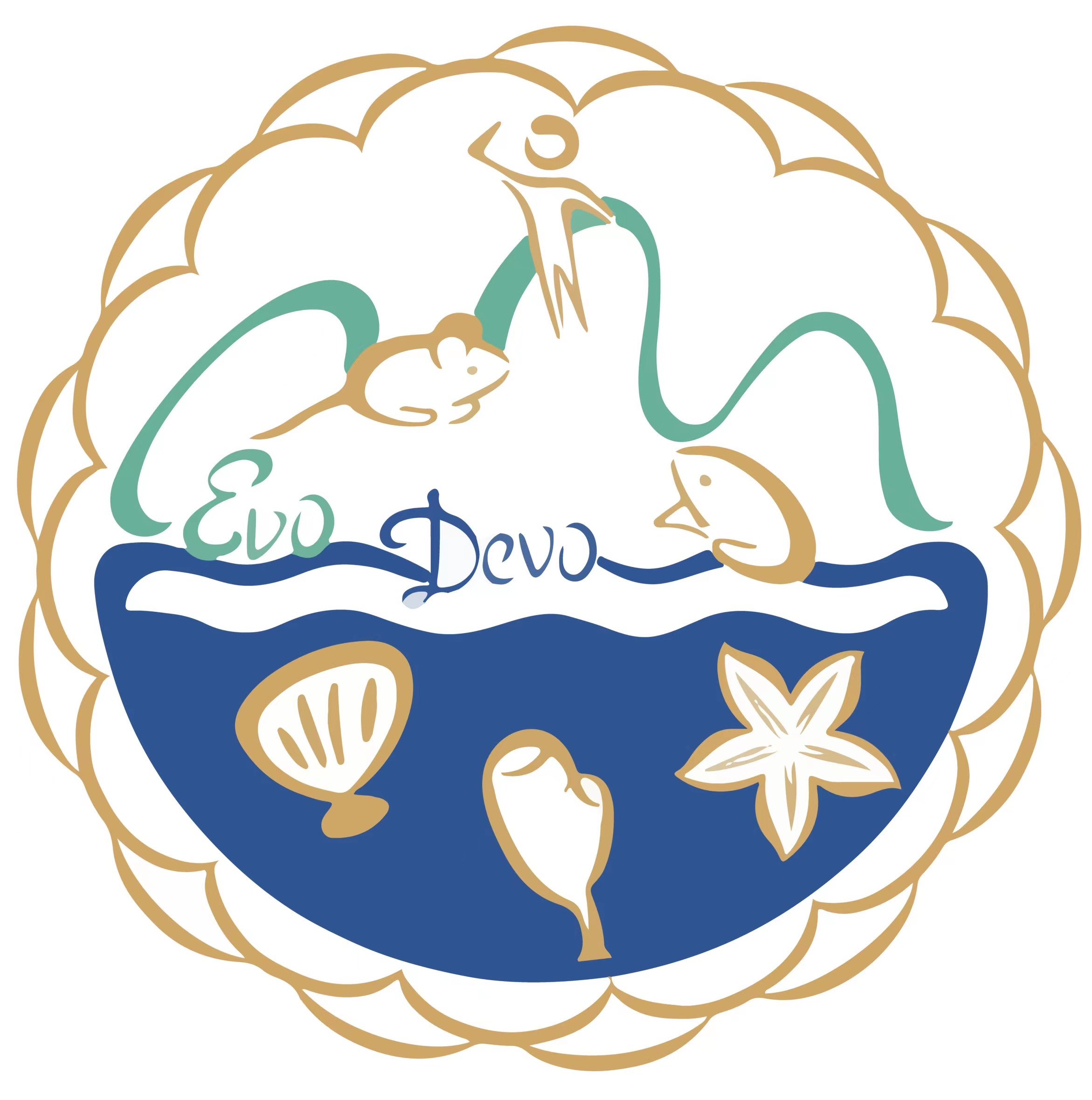|
Wei WANG
|
Academic Qualifications
1998-2002, Anhui University of Chinese Medicine,Pharmacy, B. S.
2003-2006, Fudan University, Plant Biology, M. S.
2006-2010, The Chinese University of Hong Kong,Ph. D.
Working Experience
2010-2021, New York University,Postdoctoral Researcher/ Research Scientist
2021-present, PI, Ocean University of China, Fang Zongxi Center
Research Interests
Prof. Wei Wang's lab seeks the answers to one of the essential questions in embryo development: How the diversity of cells in functional organs emerges from multipotent progenitors? More specifically, we use a simple marine chordate - Ciona Robusta to acquire a system-level understanding of cardiogenesis from the First and Second heart precursors. we embrace the most up-to-date advances of single-cell technology and data analysis toolkits to obtain a global view of transcriptional dynamics during cardiogenesis. Combined with the traditional advantages of Ciona as a model animal, like rapid growth, optical transparency, and amenability to molecular perturbations, our research would lead to a system-level interpretation of how the diversity of cell types in a functional heart arising from the multipotent progenitors. We would also explore beyond the cardiopharyngeal lineage into the unknown of organogenesis using this fascinating in vivo system.
Following Prof. Wei Wang's previous studies, the research at Sars-Fang Center, Ocean University of China, will currently focus on revealing:
1) The heterogeneity of the cardiac progenitors in the first and second heart fields and the underlying regulatory mechanisms.
2) How the divergence in the cardiac progenitor field is reflected in the functional juvenile heart?
3) How the dynamics of gene expression and chromatin architecture regulate the cell fate commitment in the heart precursors?
Job and Contact
Positions of postdoctoral fellow, Ph.D. student, and lab technician are available starting from Jan. 2021 at Dr. Wei Wang's lab. Candidates who have interests in embryonic development of marine animal models are encouraged to apply. The specific project in the broad scope of organogenesis in marine animal models can be discussed.
Representative Publications
1.Nomaru H, Liu Y, De Bono C, Righelli D, Cirino A, Wang W, et al. Single cell multi-omic analysis identifies a Tbx1-dependent multilineage primed population in murine cardiopharyngeal mesoderm. Nature Communications, 2021;12: 6645.
2. Kim K, Gibboney S, Razy-Krajka F, Lowe EK, Wang W, Stolfi A. Regulation of neurogenesis by FGF signaling and neurogenin in the invertebrate chordate Ciona. Frontiers in Cell and Developmental Biology, 2020;8: 477.
3. Wang W, Niu X, Stuart T, Jullian E, Mauck WM 3rd, Kelly RG, et al. A single-cell transcriptional roadmap for cardiopharyngeal fate diversification. Nature Cell Biology, 2019;21: 674–686.
4. Kaplan NA, Wang W, Christiaen L. Initial characterization of Wnt-Tcf functions during Cionaheart development. Developmental Biology, 2019;448: 199–209.
5. Bernadskaya YY, Brahmbhatt S, Gline SE, Wang W, Christiaen L. Discoidin-domain receptor coordinates cell-matrix adhesion and collective polarity in migratory cardiopharyngeal progenitors. Nature Communications, 2019;10: 57.
6.Athanasiadou R, Neymotin B, Brandt N, Wang W, Christiaen L, Gresham D, et al. A complete statistical model for calibration of RNA-seq counts using external spike-ins and maximum likelihood theory. PLoS Computational Biology, 2019;15: e1006794.
7. Sharma S, Wang W, Stolfi A. Single-cell transcriptome profiling of theCionalarval brain. Developmental Biology, 2019;448: 226–236.
8. Razy-Krajka F, Gravez B, Kaplan N, Racioppi C, Wang W, Christiaen L. An FGF-driven feed-forward circuit patterns the cardiopharyngeal mesoderm in space and time. eLife. 2018;7. doi:10.7554/eLife.29656
9. Wang W, Racioppi C, Gravez B, Christiaen L. Purification of fluorescent labeled cells from dissociated Ciona embryos. Advances in Experimental Medicine and Biology, 2018;1029: 101–107.
10. Wang W, Zhang Q, Guo D. An Artemisia WD40-repeat gene regulates multiple cellular functions in Arabidopsis. Journal of Biosciences and Medicines (Irvine), 2016;04: 30–36.
11. Razy-Krajka F, Lam K, Wang W, Stolfi A, Joly M, Bonneau R, et al. Collier/OLF/EBF-dependent transcriptional dynamics control pharyngeal muscle specification from primed cardiopharyngeal progenitors. Developmental Cell, 2014;29: 263–276.
12. Wang W, Razy-Krajka F, Siu E, Ketcham A, Christiaen L. NK4 antagonizes Tbx1/10 to promote cardiac versus pharyngeal muscle fate in the ascidian second heart field. PLOS Biology, 2013;11: e1001725.
13. Wang W, Christiaen L. Transcriptional enhancers in ascidian development. Current Topics in Developmental Biology, 2012;98: 147–172.
14. Wu W, Yuan M, Zhang Q, Zhu Y, Yong L, Wang W, et al. Chemotype-dependent metabolic response to methyl jasmonate elicitation inArtemisia annua. Planta Medica, 2011;77: 1048–1053.
15. Wang W, Wang Y, Zhang Q, Qi Y, Guo D. Global characterization of Artemisia annua glandular trichome transcriptome using 454 pyrosequencing. BMC Genomics, 2009;10: 465.[11–15]


 English
English 中文
中文


